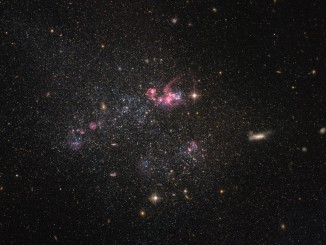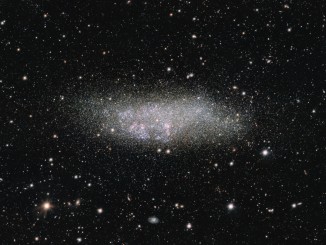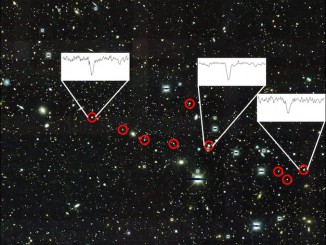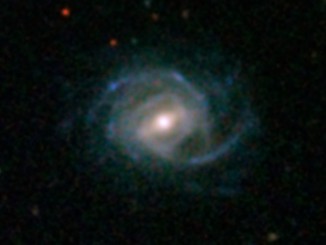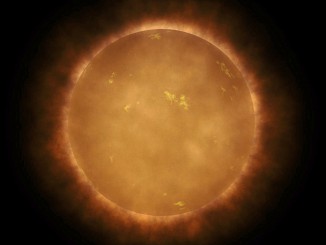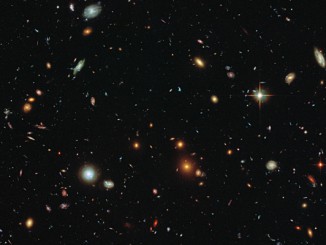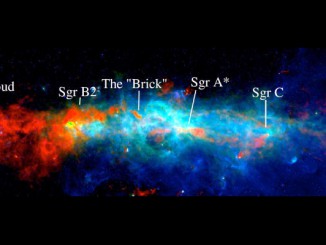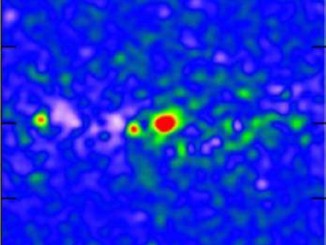
Possible signature of dark matter annihilation detected
Atoms or their constituents account for a mere 4.9 percent of the universe. The rest is dark matter, so understanding this ubiquitous yet mysterious substance is a prime goal of modern astrophysics. By studying the spatial distribution of gamma-ray emission in the Milky Way, astronomers believe they have now identified a signature of dark matter annihilation.

